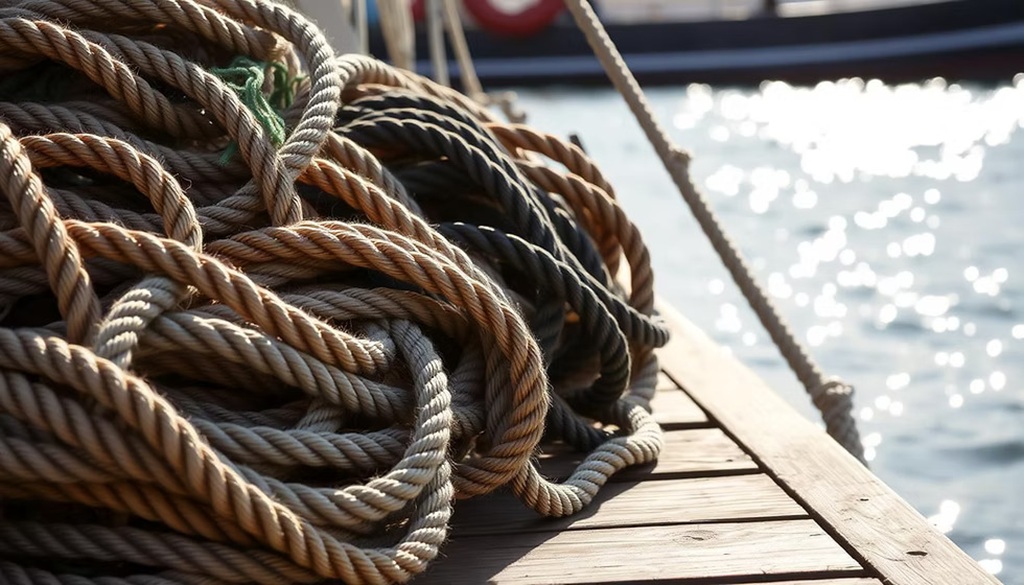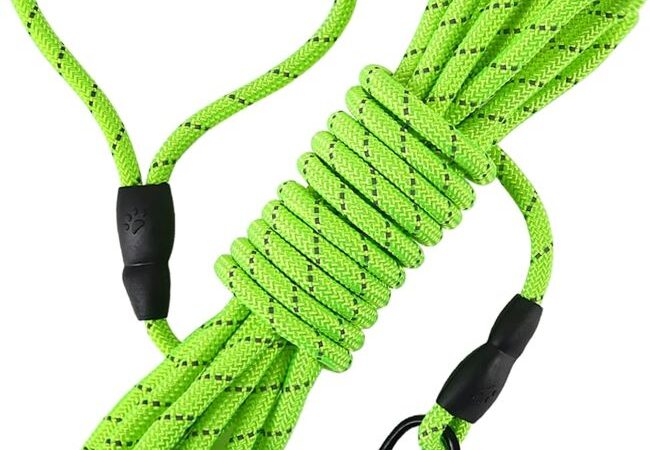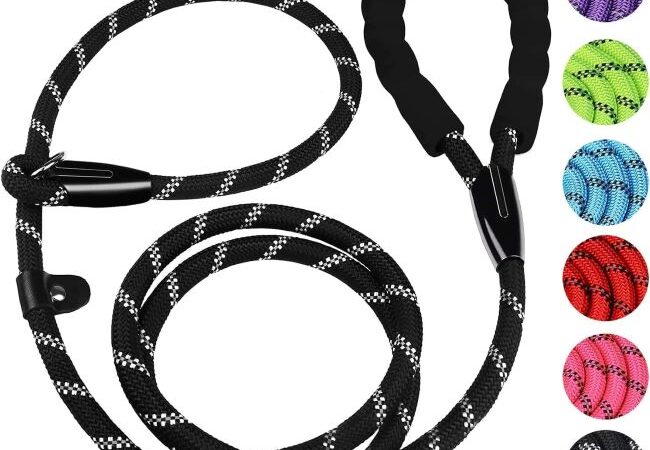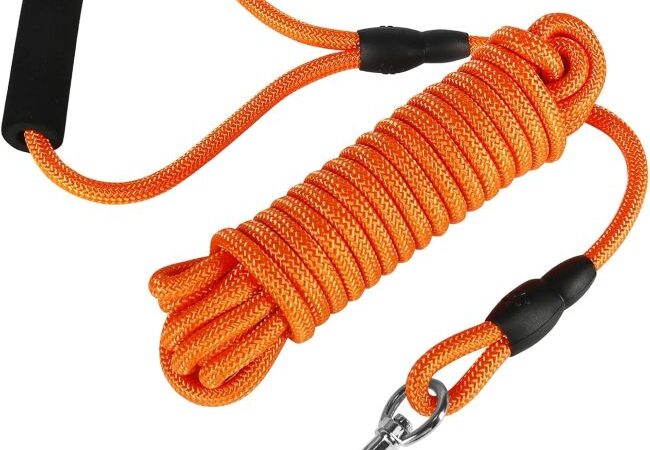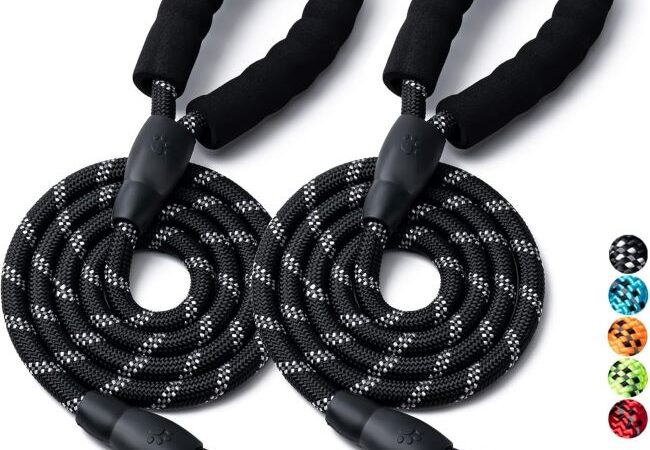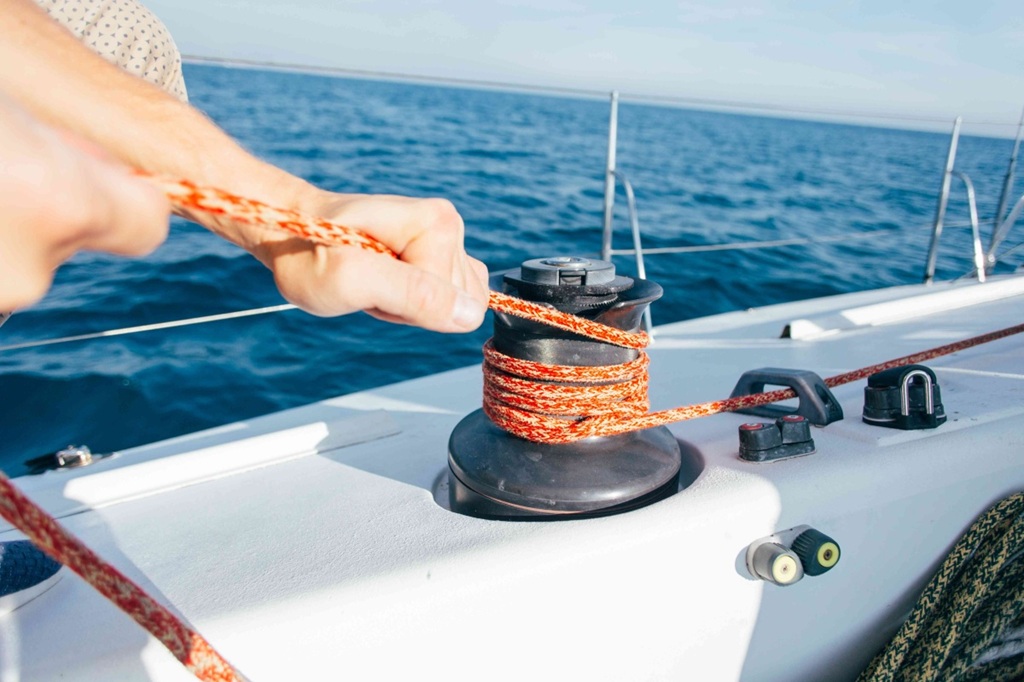
Marine-Grade Shipping Ropes: Unraveling the Science of Strength, Durability, and Optimal Use
In the colossal world of maritime operations, where vessels brave tempestuous seas and colossal cargo moves across oceans, one element often goes unnoticed yet plays a pivotal role: the marine-grade shipping rope. Far from being simple lengths of twine, these ropes are engineered marvels, designed to withstand immense forces, corrosive saltwater, abrasive surfaces, and unrelenting UV radiation. Their strength and durability are paramount, directly impacting safety, efficiency, and the seamless flow of global trade.
Contents at a Glance
ToggleThis comprehensive article delves into the fascinating world of marine-grade shipping ropes, exploring the materials that give them their extraordinary properties, their diverse applications, and crucial considerations for choosing and maintaining them for optimal performance.
The Foundation of Strength: Materials That Conquer the Sea
The evolution of marine ropes has been a testament to human ingenuity, moving from natural fibers to sophisticated synthetics and even high-performance alloys. Today, the vast majority of marine-grade shipping ropes are crafted from synthetic materials, each offering a unique set of advantages:
-
Nylon:
Renowned for its exceptional elasticity and shock absorption, nylon ropes are often the go-to for mooring and anchoring lines. Their ability to stretch up to 30% of their length allows them to effectively absorb sudden jolts and impacts from waves and wind, reducing stress on both the vessel and the mooring points. Nylon also boasts high strength-to-weight ratio and excellent abrasion resistance, making it highly durable in harsh marine environments. However, a notable drawback is its tendency to lose 10-15% of its strength when wet, a factor to consider for prolonged submersion.
-
Polyester:
If minimal stretch is a priority, polyester stands out. With an elongation of only 12-15%, it’s ideal for applications requiring stable tension, such as rigging and various lashing duties. Polyester exhibits superior resistance to UV degradation, rot, mildew, and most chemicals, making it a highly dependable choice for long-term outdoor exposure. It also retains its strength even when wet, offering consistent performance. Its low coefficient of friction, however, means it doesn’t float.
-
Polypropylene:
Lightweight, buoyant, and often more affordable, polypropylene ropes are popular for lighter applications, smaller vessels, and recreational use. Their ability to float is a significant advantage, preventing entanglement and making them easier to handle and retrieve. While offering good resistance to rot and mildew, polypropylene has lower UV resistance and slightly less abrasion resistance compared to nylon and polyester, making it less suitable for heavy-duty, long-term exposure in direct sunlight.
-
UHMWPE (Ultra-High Molecular Weight Polyethylene):
Marketed under brand names like Dyneema®, UHMWPE ropes represent the pinnacle of synthetic rope technology. These ropes offer an astonishing strength-to-weight ratio, often exceeding that of steel wire rope, yet they are incredibly lightweight and buoyant. UHMWPE exhibits exceptionally low stretch (3-4%), excellent abrasion resistance, and superior UV and chemical resistance. Its hydrophobic nature means it doesn’t absorb water. These properties make UHMWPE ropes increasingly popular for high-performance applications like heavy towing, winch lines, offshore operations, and even replacing traditional chain links due to their high loading capacity and low temperature toughness. However, they do have a lower maximum working temperature (around 65°C) compared to some other synthetics.
-
Polysteel Rope:
An innovative blend of polypropylene and polyethylene fibers, Polysteel rope combines the best of both worlds. It boasts a higher tensile strength than standard polypropylene while retaining its lightweight, buoyant, and highly abrasion-resistant properties. The fibrillation process used in its manufacturing enhances its structural integrity, making it resistant to stretching and breaking. Polysteel is a cost-effective alternative to other high-strength synthetics, finding widespread use in mooring, towing, and fishing applications.
-
Steel Wire Rope:
While synthetic ropes have gained significant ground, steel wire rope remains crucial for specific heavy-duty marine applications. Its unparalleled strength and resistance to cutting make it indispensable for anchoring, heavy lifting, offshore drilling, and towing extremely large vessels. Different types exist, including galvanized for corrosion resistance, stainless steel for superior corrosion resistance in harsh saltwater, and high-performance alloys for extreme environments. Innovations in steel wire rope also include non-rotating and rotation-resistant designs for specialized equipment like cranes and hoists. Composites incorporating carbon fiber and Kevlar are also emerging for applications requiring high strength with low weight and corrosion resistance.
Beyond the Fibers: Understanding Rope Construction
The way individual fibers are assembled significantly impacts a rope’s characteristics. Key construction types include:
- Twisted (Laid) Rope: This traditional construction involves twisting fibers into strands, and then twisting these strands together to form the rope. Three-strand twisted ropes are common, known for their easy splicing and good stretch. They are generally more affordable.
- Braided Rope: Braided ropes offer a smoother feel, less kinking, and often higher strength for their diameter.
- Single Braid: All strands are braided together, often used for large dock lines.
- Double Braid: A braided core is encased within a braided cover, providing excellent strength, reduced stretch, and a very comfortable hand. Double-braided ropes are often preferred for rigging lines.
Critical Applications of Marine-Grade Shipping Ropes
Marine-grade ropes are indispensable across a wide spectrum of maritime activities:
- Mooring and Docking Lines: These ropes secure vessels to docks, buoys, or other vessels. Their elasticity (nylon) or low stretch (polyester, UHMWPE) and abrasion resistance are crucial for safely holding a vessel against wind, currents, and tides.
- Anchoring Lines: Connecting the anchor to the vessel, these ropes must withstand significant shock loads and constant tension. Nylon’s shock absorption is often preferred for anchor rodes, while UHMWPE is gaining traction for its strength and lighter weight.
- Towing and Winching Lines: Used for pulling vessels, barges, or other floating structures, these ropes require immense tensile strength and abrasion resistance. UHMWPE and steel wire ropes are frequently chosen for their robust performance in these demanding roles.
- Rigging: On sailing vessels and offshore platforms, ropes are integral to controlling sails, lifting equipment, and various structural supports. Polyester and double-braided synthetics are favored for their low stretch, strength, and durability.
- Offshore Drilling and Exploration: In the challenging environments of offshore oil and gas, specialized ropes are used for supporting drilling equipment, deploying and retrieving subsea instruments, and heavy-duty lifting operations. High-performance alloys and UHMWPE ropes are vital for their strength, corrosion resistance, and reliability.
- Fishing and Aquaculture: From lifting nets and cages to securing fishing gear and supporting aquaculture structures, marine ropes are essential. Polypropylene’s buoyancy and affordability are advantageous for some applications, while more robust synthetics are used for heavy-duty fishing.
- Search and Rescue: Lightweight, strong, and highly visible ropes, often made from buoyant polypropylene, are crucial for rescue operations, enabling quick and safe retrieval in emergencies.
Related: Top 7 Heavy-Duty Tree Pulling Ropes for Safe Tree Removal
Choosing the Right Rope: Factors to Consider
Selecting the optimal marine-grade rope involves a careful assessment of several factors:
- Breaking Strength (Tensile Strength): This is the maximum load a new rope can withstand before breaking. Always choose a rope with a breaking strength significantly higher than the anticipated working load to ensure a safety margin.
- Working Load Limit (WLL): The maximum recommended load for safe operation, typically a fraction of the breaking strength (e.g., 1/5th to 1/10th).
- Elongation/Stretch: Depending on the application, you’ll need either high stretch (for shock absorption in mooring) or low stretch (for stable tension in rigging).
- Abrasion Resistance: Ropes constantly rub against chocks, cleats, and other surfaces. High abrasion resistance prolongs the rope’s lifespan.
- UV Resistance: Prolonged exposure to sunlight can degrade rope fibers. Polyester and UHMWPE offer excellent UV resistance.
- Water Absorption/Buoyancy: Some ropes absorb water and sink, while others are hydrophobic and float. This impacts handling and retrieval.
- Chemical Resistance: Exposure to fuels, oils, and cleaning agents can weaken some ropes.
- Cost: While an important factor, compromising on quality for cost can lead to safety hazards and increased replacement expenses in the long run.
- Ease of Splicing/Handling: Some ropes are easier to splice and handle than others, which can be a practical consideration for crew.
Maintenance for Longevity: Protecting Your Investment
Even the most durable marine ropes require proper care to maximize their lifespan and ensure safety:
- Regular Inspection: Routinely check ropes for signs of wear, fraying, cuts, discoloration, or hardening. Damaged ropes should be replaced immediately.
- Cleaning: Rinse ropes with fresh water after use to remove salt, sand, and other corrosive elements. Avoid harsh chemicals unless specifically recommended by the manufacturer.
- Proper Storage: Store ropes in a cool, dry, well-ventilated area, out of direct sunlight. Coil them neatly to prevent kinks and tangles.
- Avoid Overloading: Never exceed the rope’s working load limit.
- Protect from Abrasion: Use chafing gear (sleeves, covers) at points where ropes rub against surfaces like chocks or fairleads.
- Rotate Usage: If you have multiple ropes for the same application, rotate their use to distribute wear evenly.
Related: Top 10 Tips to Choose the Right Rope for Docking, Mooring, and Shipping
The Future of Marine Ropes: Sustainability and Innovation
The marine rope industry is not static. Continuous innovation is driven by the demand for stronger, lighter, and more environmentally friendly solutions:
- Advanced Synthetics: Research continues into new generations of high-performance fibers with even greater strength, lighter weight, and improved resistance to extreme conditions.
- Biodegradable Alternatives: With growing concerns about plastic pollution in oceans, there’s increasing interest in developing biodegradable marine ropes, such as those made from regenerated cellulose fibers like rayon. While still in early stages for heavy-duty applications, these could offer a significant environmental advantage. Particularly for ropes with a high risk of being lost at sea (e.g., in fishing gear).
- Smart Ropes: The integration of sensors into ropes to monitor tension, temperature, and wear in real-time is a developing trend. This “smart rope” technology promises enhanced safety and predictive maintenance.
- Recycling Initiatives: Efforts are underway to improve the recycling infrastructure for synthetic marine ropes to reduce their environmental footprint.
Related: Static vs Dynamic Rope for Climbing: Which Is Best for You?
Conclusion
Marine-grade shipping ropes are the unsung heroes of the maritime world. Embodying a critical blend of engineering, material science, and practical application. From the robust shock absorption of nylon mooring lines to the unparalleled strength of UHMWPE towing hawsers, each rope type serves a vital purpose, ensuring the safe and efficient movement of goods and vessels across the globe. By understanding the diverse materials, construction methods, and applications, and by prioritizing proper selection and diligent maintenance, maritime professionals can ensure the optimal performance and longevity of these essential tools, sailing confidently into a future where strength, durability, and sustainability go hand-in-hand.

